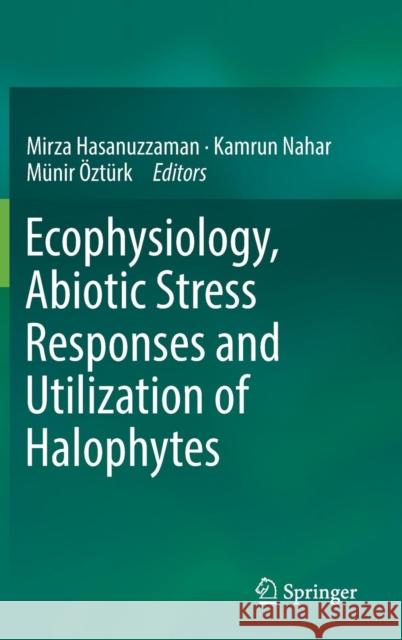Ecophysiology, Abiotic Stress Responses and Utilization of Halophytes » książka
topmenu
Ecophysiology, Abiotic Stress Responses and Utilization of Halophytes
ISBN-13: 9789811337611 / Angielski / Twarda / 2019 / 401 str.
Kategorie:
Kategorie BISAC:
Wydawca:
Springer
Język:
Angielski
ISBN-13:
9789811337611
Rok wydania:
2019
Wydanie:
2019
Ilość stron:
401
Waga:
0.80 kg
Wymiary:
23.5 x 15.5
Oprawa:
Twarda
Wolumenów:
01
Dodatkowe informacje:
Wydanie ilustrowane











